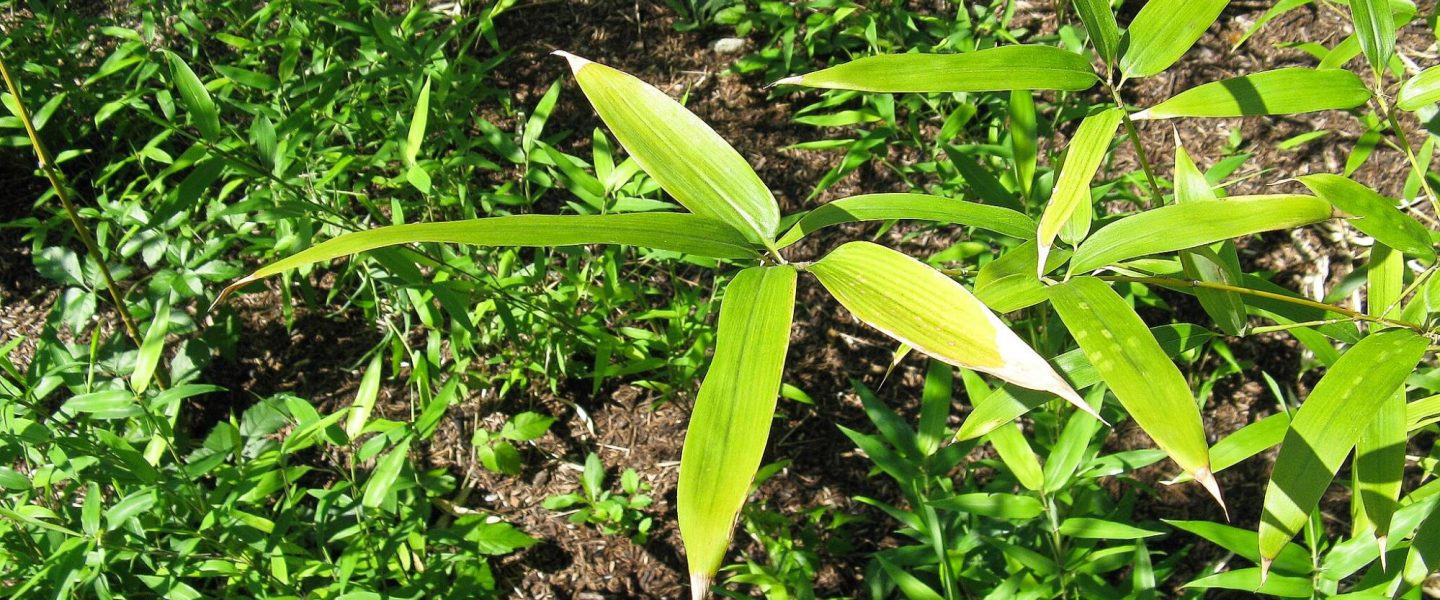PICKS are stories from many sources, selected by our editors or recommended by our readers because they are important, surprising, troubling, enlightening, inspiring, or amusing. They appear on our site and in our daily newsletter. Please send suggested articles, videos, podcasts, etc. to picks@whowhatwhy.org.
|
Listen To This Story
|
Hachiku, the Japanese Bamboo That Flowers Once Every 120 Years (Maria)
The author writes, “Bamboos can take years or even decades to flower, but the hachiku bamboo pushes this habit to the extreme — it flowers once every 120 years, synchronized across masses of plants, and dies shortly afterwards. The last time the bamboo Phyllostachys nigra variety henonis flowered was in 1908, so the next event was expected in 2028 with great anticipation. But in 2020 botanists in Japan noticed that a few specimens began flowering early. However, they were shocked to discover that after flowering … entire forests of bamboo collapsed and died in an act of mass self-destruction.”
Conservative Companies Create Parallel Economy as Polarization Thrives (Reader Jim)
From The HillI: “As a growing number of businesses lean into their conservative values or credentials to appeal to consumers, some have suggested that a ‘parallel economy’ is emerging. … Christian conservative wireless provider Patriot Mobile, for instance, encourages potential customers to sign up on their website, emphasizing they are ‘joining the fight and helping to fund organizations that defend your God-given constitutional rights and freedoms.’”
Survivors of Kibbutz Attack Turn Their Ire on Netanyahu (Mili)
The author writes, “A massive security failure and antagonism toward Palestinians means many Israelis think Netanyahu has to answer for Hamas’ attack.”
Everything to Know About Columbus’s Agreement to Wipe Out $335 Million in Medical Debt (Dana)
From The Columbus Dispatch: “Columbus City Hall approved on Monday evening a sweeping landmark deal to wipe out $335 million of medical debt, providing financial relief to more than 340,000 moderate-income residents in Columbus. In return for wiping out the debt, the city expects to spend $500,000 toward administrative costs to take care of the outstanding debt, including mailing letters to about one out of every three Columbus residents letting them know their debt has been dismissed.”
Economy vs. Environment: Some Taiwanese Consider Cashing in Their Chips (Russ)
The authors write, “It isn’t easy to say ‘not in my backyard’ to one of the most valuable factories in the world. But some residents in Taichung, Taiwan’s second-largest city, tried. Taiwan Semiconductor Manufacturing Co., which already has two factories here, last year proposed a third, where it would mass-produce its tiniest chips yet. But some balked at the prospect, aware of the environmental burden a third plant would place on Taichung: It would require an amount of electricity equal to a quarter of what the industrial city uses as well as 6 percent of its water, according to local officials.”
The Crimes Behind the Seafood You Eat (Laura)
From The New Yorker: “Americans know little about how their seafood is sourced. Much of it comes from a vast fleet of Chinese ships. On board, human-rights abuses are rampant.”
The Oldest Puget Sound Orca: L25 May Be Approaching 100 (Reader Steve)
The author writes, “She is still out there: cruising miles uncounted, leading her family to fish. L25 is the world’s oldest known living wild orca, the uncontested reigning matriarch of the southern resident orcas that frequent Puget Sound. She ascended to that post after the death of J2, in 2017 at an estimated age of 105. No one knows exactly how old L25 is, said Michael Weiss, research director of the nonprofit Center for Whale Research. But ‘our best estimate is she is approaching 100 years old right now,’ Weiss said. The original estimate for her year of birth was 1928 when the center’s census of the J, K and L pods began in 1976, Weiss said. His personal guess is that she might be anywhere from her mid-80s to her mid-90s.”




